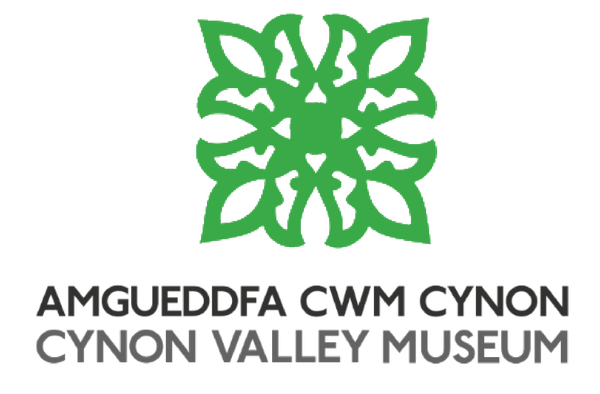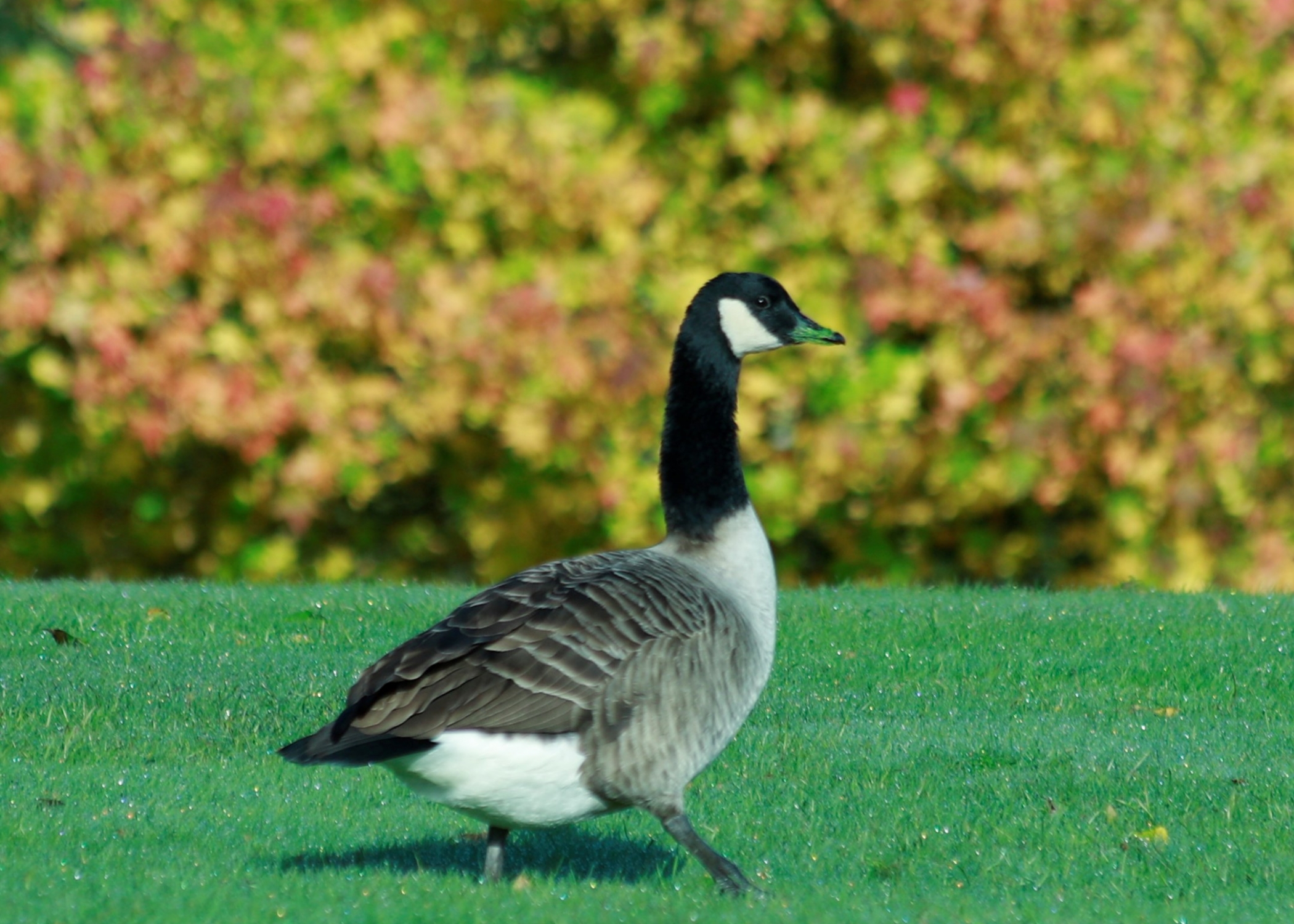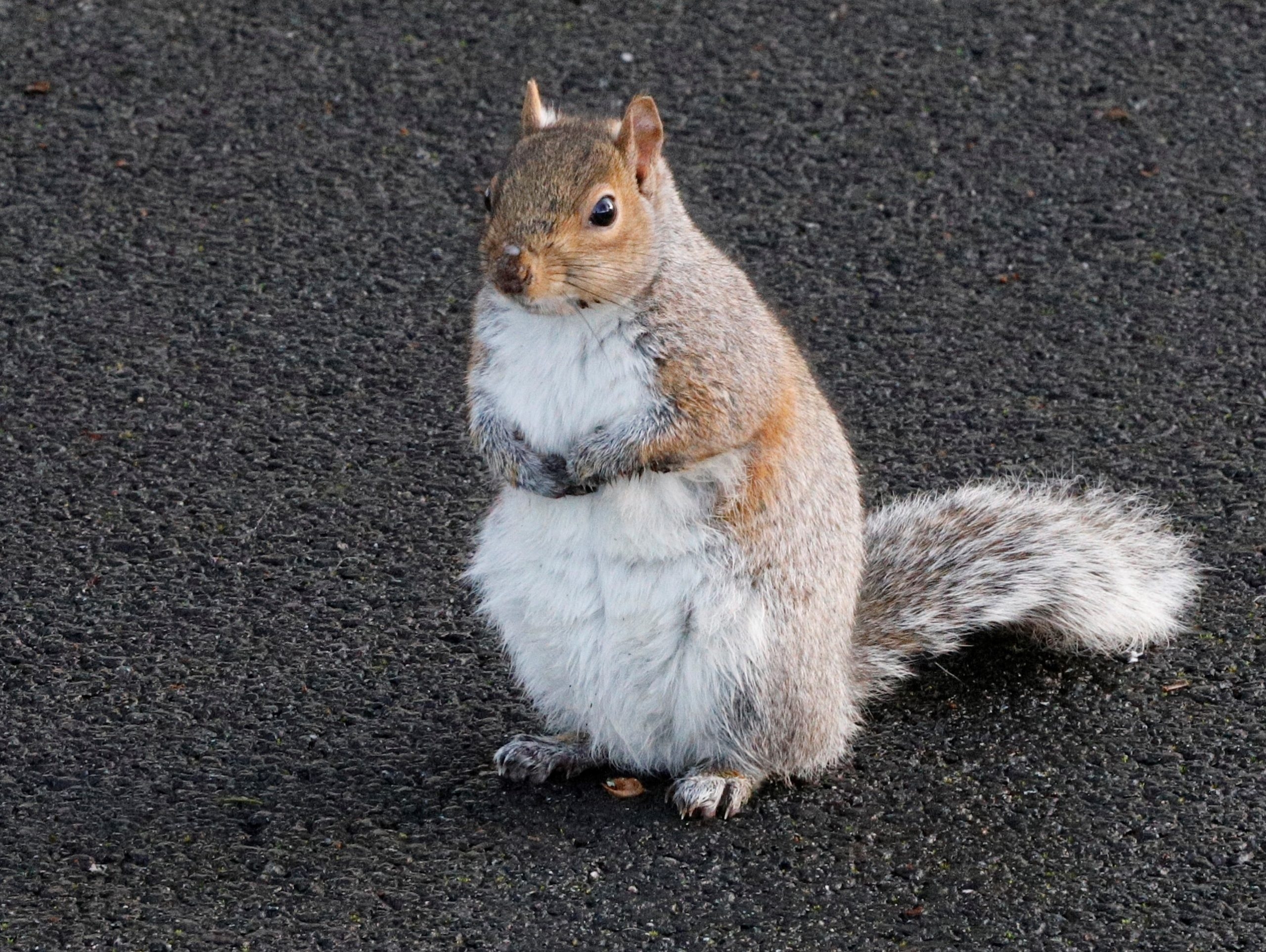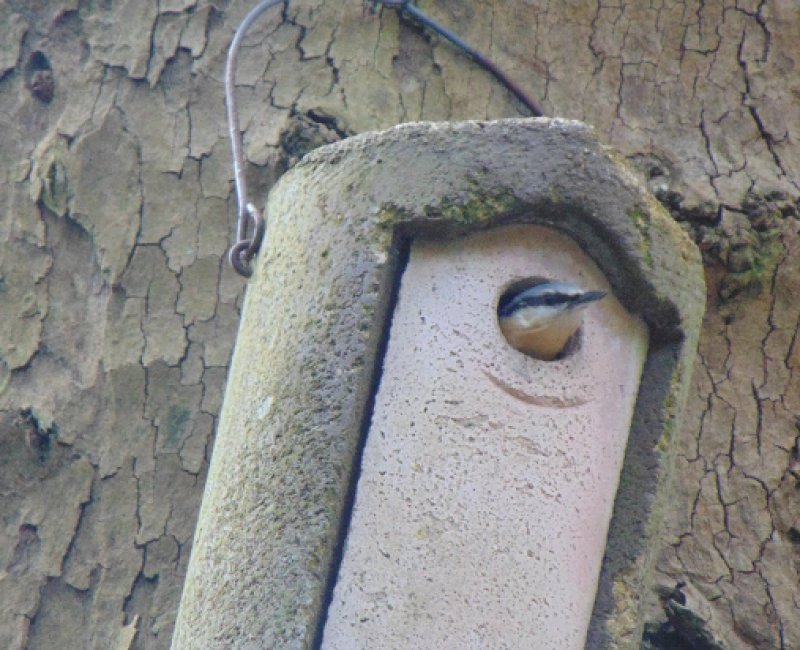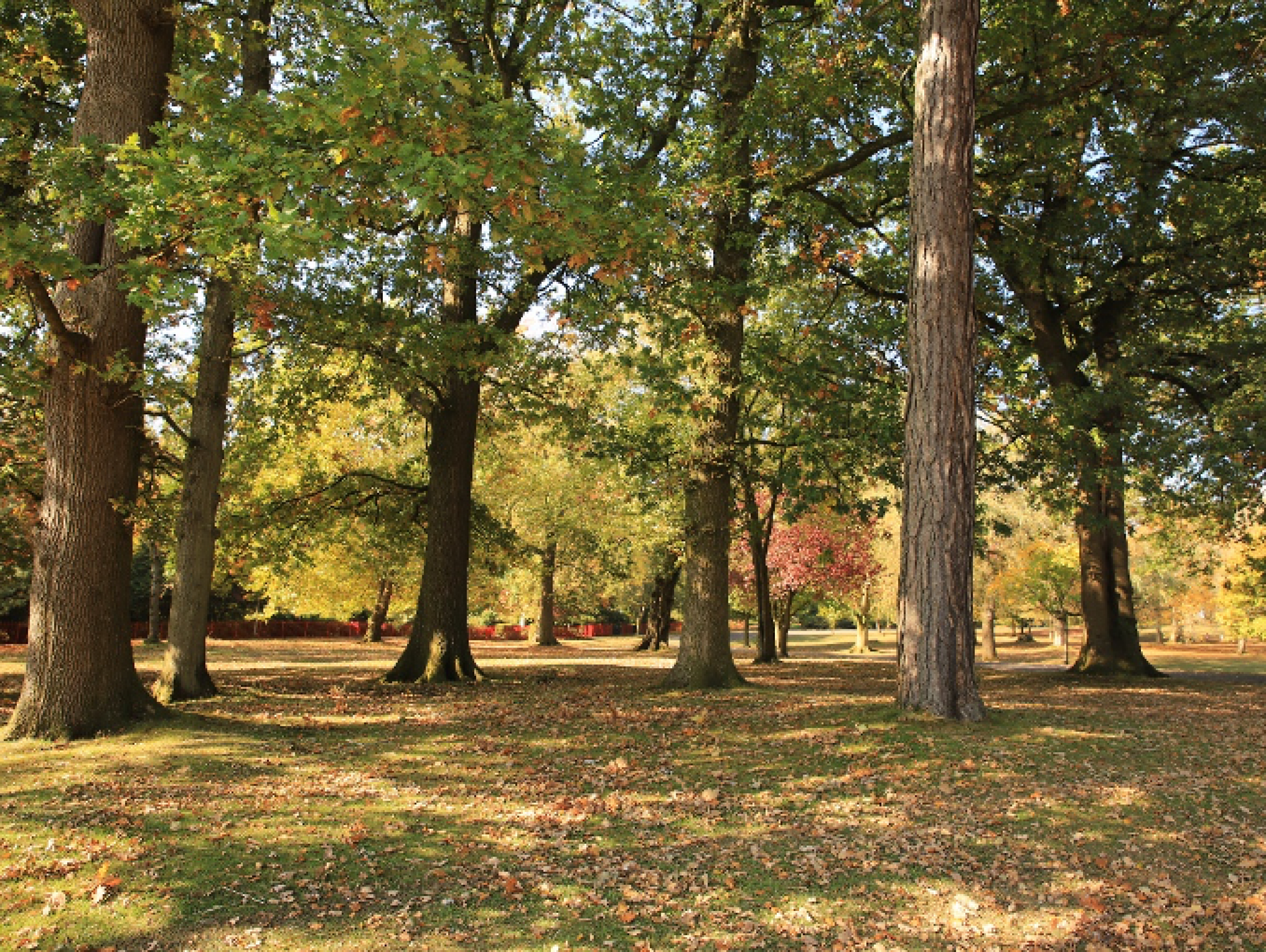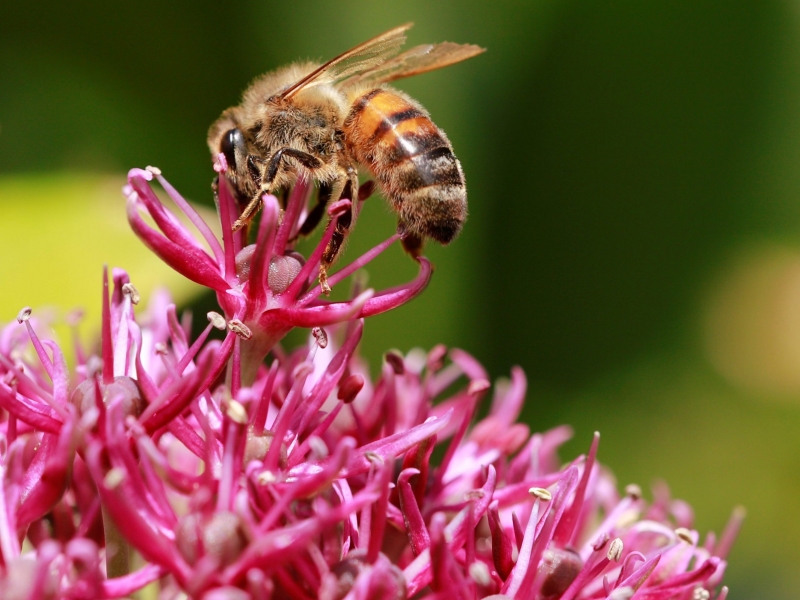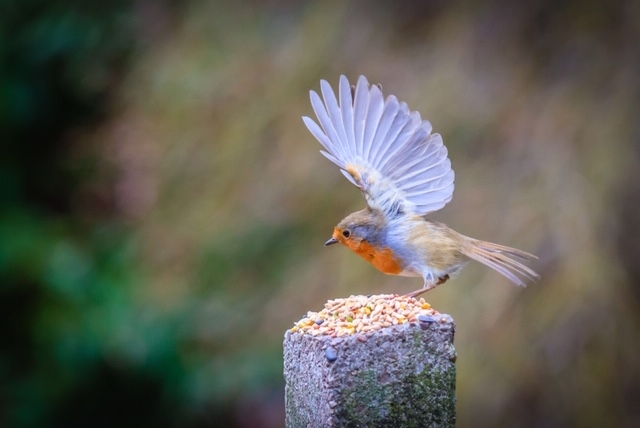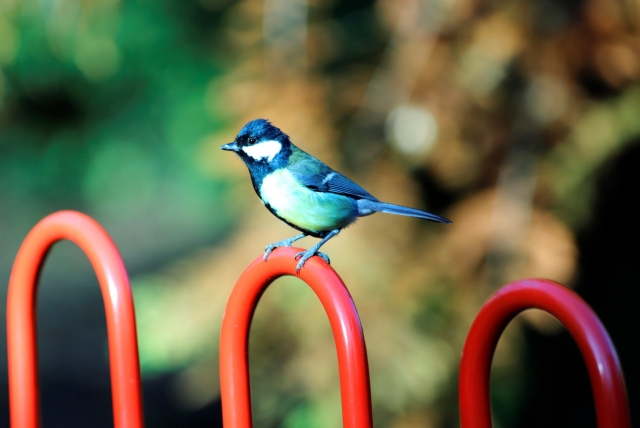A Virtual Wild Walk Around Aberdare Park
Aberdare Park throughout the year is a hive of activity, in its 150th year the park hosted many events including an Easter Egg hunt, The Aberdare Festival, 150th anniversary celebrations, Dino Day, motorbike races to name a few. All of these events attract hundreds, often thousands of visitors, all within the beautiful confines of the park.
Through the year whilst people come and go there are many permanent residences who call the park their home. This trail has been compiled to act as a starting point for people to learn more about the natural side of Aberdare Park. Sit back and enjoy the splendid photographs while reading your way around the park
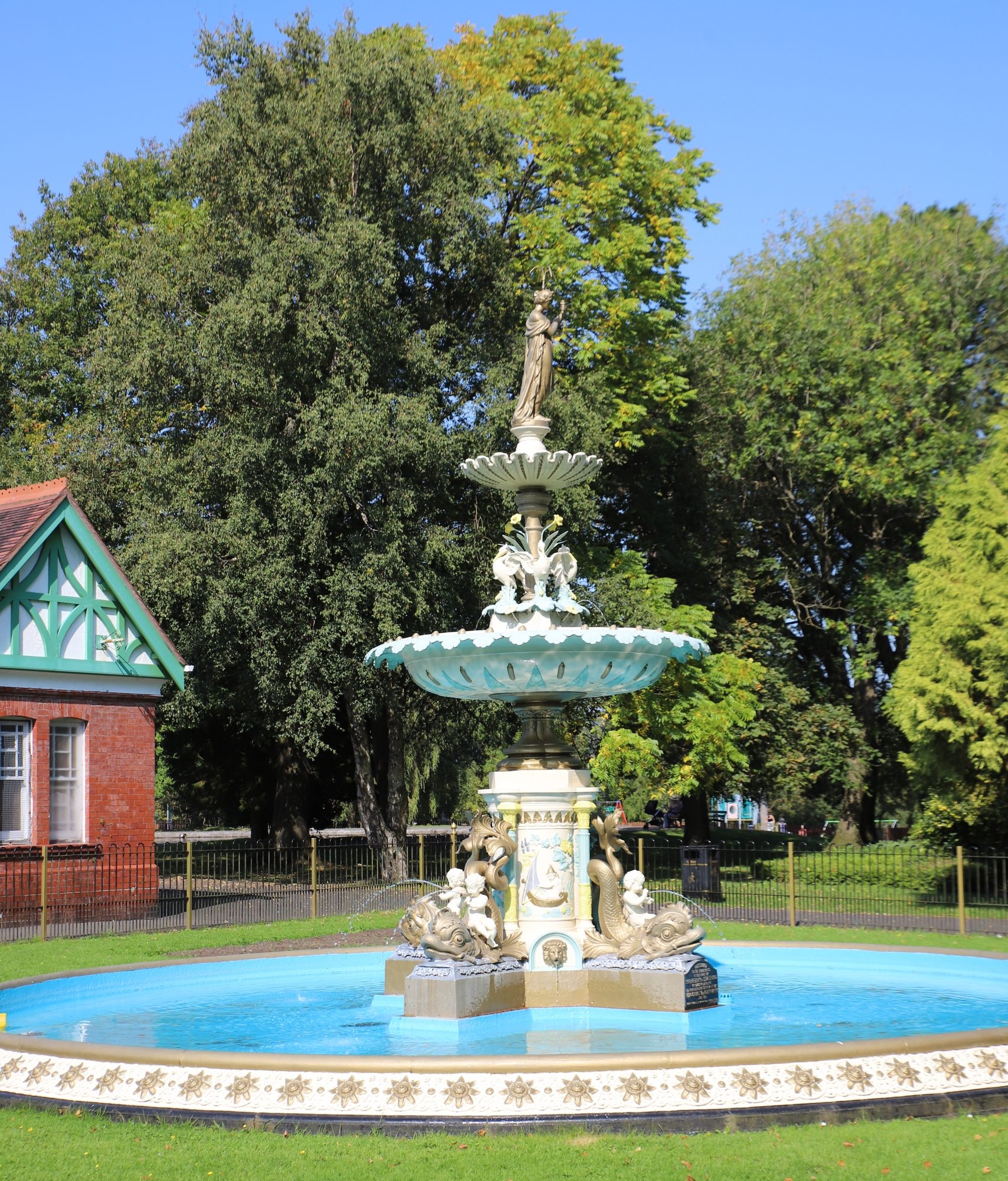
Lets Begin
The focal point of the park is undoubtedly the grand fountain which was a gift from the first Lord Merthyr in 1911 to the town in commemoration of the Coronation of King George V and Queen Mary. Begin the walk with the fountain on your right-hand side and facing you the Glan Road entrance. Turn right just beyond the fountain and walk towards the boating lake.
The lake is home to several species of foul: including mallard (a large duck the males are easily recognisable with their green heads, white collar ring, an almost dark blue rump, grey body, and bright yellow beak. The females are a similar size, but their colouring is totally different with a brown appearance with darker brown mottling and duller yellow beak.)
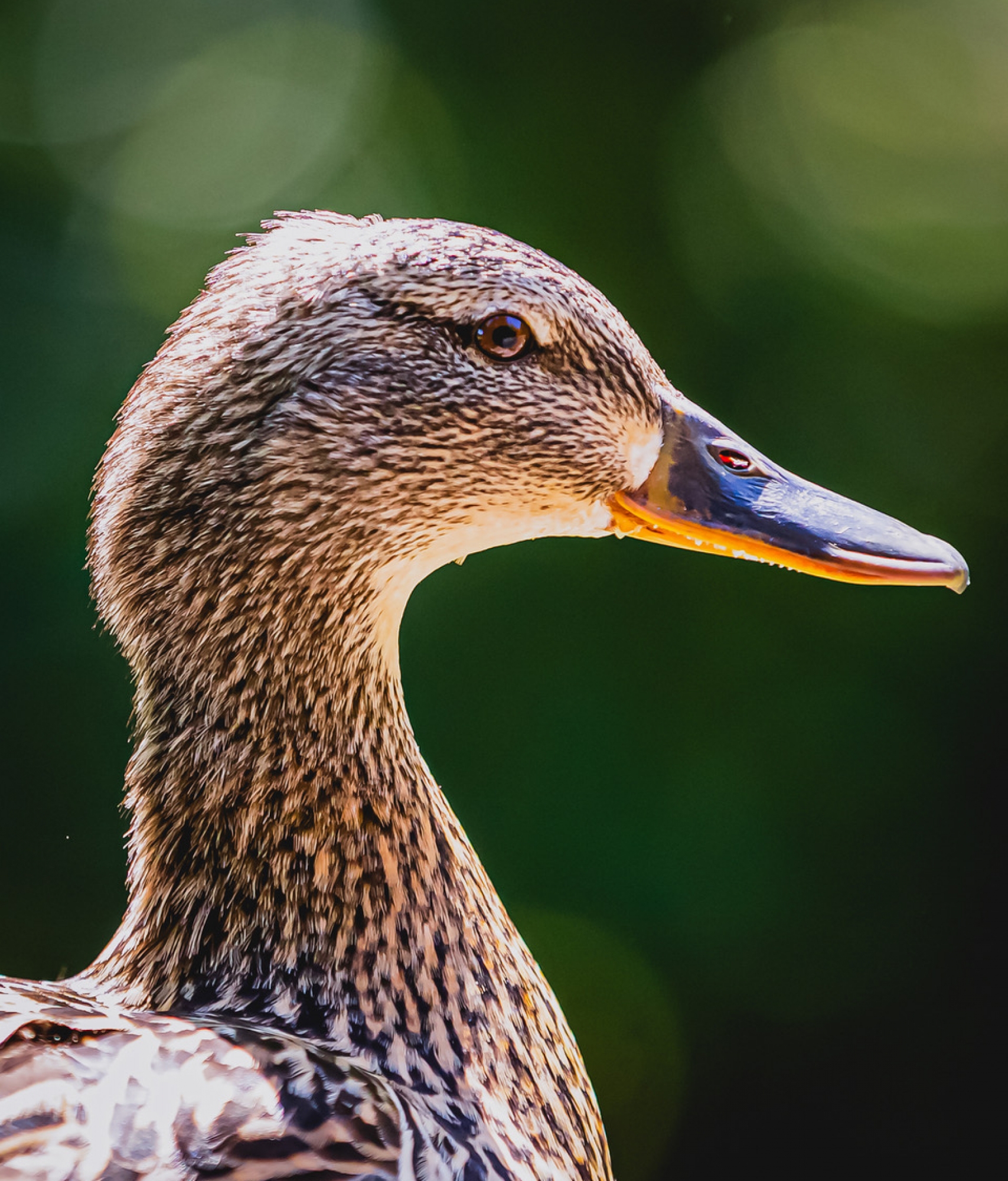



Another common sight and sound on or around the lake are the resident geese. The Greylag Geese are a thick set goose with a grey/brown colouring. The other species of goose commonly seen on the lake are Canada Geese, these are slightly larger than the Greylag’s. The Canada geese have a brown colouring with black head and neck. The Canada geese leave their native North America in the winter months to find warmer climes, however, the eagle eyed amongst the visitors to Aberdare Park would have noticed that a small number can be seen all year around.

Another bird that calls the boating lake its home is the Moorhen, a small bird with an olive brown back and blue-grey underparts with a distinctive red bill and yellow tip. If you are viewing this bird from a distance it will appear black with a thin white line along its body with greenish yellow legs. You can often find the Moorhens in the small trees and bushes on the opposite side of the lake to the café. They are shy birds and will run away before you can get too close to them. Their small size belies a fierce attitude towards the mallards and geese on the lake. Less frequently seen on the park lake is a bird that are very similar to moorhens the Eurasian Coot is larger than the moorhen with a very distinctive white hood which led to the common saying ‘bald as a Coot’. They also have a white beak which they can use to aggressively to deter predators or any unwelcome visitors on to their territory.
Carrying on up the hill turn left across the bridge that crosses the cascades where you will see the Grey Squirrel perched upon the colourful fencing or scuttling around on the floor. A small grey rodent with a fluffy broad tail the American grey squirrel is not an indigenous species in Europe and was introduced to England in around 1876 and quickly spread across the whole of the United Kingdom pushing the smaller indigenous Red Squirrel to the brink of extinction by stealing their food sources thanks to their larger size. If you are lucky you may see one perched on their back legs holding an acorn, much like we would hold and eat an apple.
Let us leave the lake now and prepare ourselves for the climb up the hill. With the bandstand on your left and the boathouse on your right make your way up the winding road. There are several mature trees here on which you can often see a Nuthatch these plump birds the size of a great tit can be seen in the lower branches of trees in this area. A colourful bird with blue-grey back parts and a whiteish under parts and chestnut sides parts. Where there are Nuthatches there will invariably be its tree mate the Treecreeper. A small but very energetic bird. They have a long, slim bill. They will often scamper to the bind of the tree once they have spotted you in the vicinity. The Treecreeper will climb up the tree but unlike its tree mate the Nuthatch it cannot climb down the trunk but instead flies and begins the process of climbing back up again.
Turning right once you have crossed the bridge follow the path uphill and if you are able cross the rough path to your left where you will find a bench on your right-hand side. Take a much-earned rest here after your exertion on the hill. In front of you is an excellent example of an Oak woodland, resplendent in the Summer with their light green leaves and orange red hue in Autumn and hanging with their fruit the acorn. You will also find Ash and Hazel trees here as well as brambles and holly bushes.
The grasses and vegetation in this area of the park have been left to grow to encourage wildlife to prosper. In the summer, this area is a hive of insect activity, with several species of bee such as the Honeybee and Bumblebee. Other invertebrates that you are most likely to see in this area are butterflies including The Red Admiral, Peacock, Common Blue, Comma, Gatekeeper and Small Tortoise Butterflies. In the spring around April or the beginning of May you may be lucky enough to hear a Cuckoo calling here with its very distinctive call. Another sound that you may hear in this wilder part of our park is the drumming of a woodpecker, likely to be a Great Spotted Woodpecker these splendid birds can be identified by its dirty-white underparts with a flash of deep red under its tail which is black with irregular white spots.
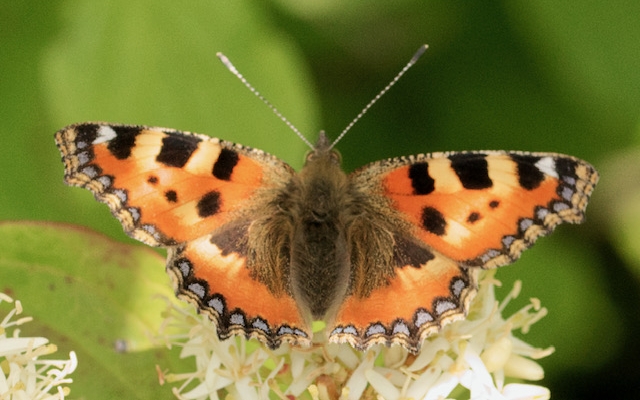
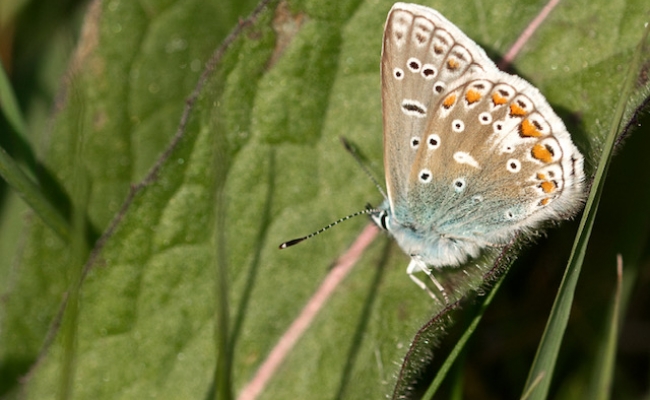

Retrace your steps back on to the large road which circles the park and turn left. From this vantage point you can see most of Aberdare Park. In autumn this is a perfect spot to see the beautiful reds, golds, and oranges of the trees. Make your way down the gentle slope of the road until on your left in the summer months you will see the fantastic sight of the rose garden. The garden boasts several different species of rose including: ‘Alpine Sunset’, Superstar’, ‘Claret’, ‘National Trust’ and many more. The rose garden provides another ideal opportunity to see our wonderful array of bees, butterflies and even in the hight of summer dragonflies. Making your way around the curve of the road you are now entering the area of the park that is dominated by the largest trees.
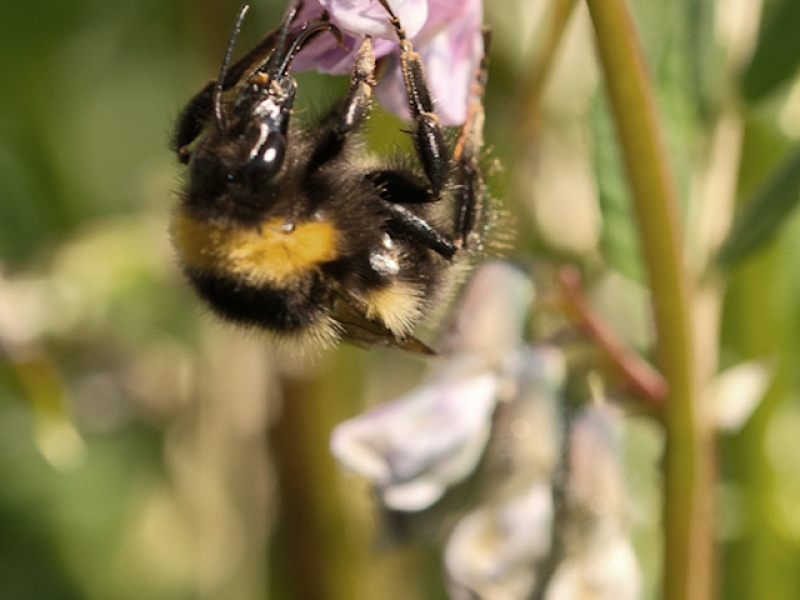
The Giant Redwood was introduced to Britain in 1853 by plant hunter William Lobb from the foothills of the Sierra Nevada, California. The fashion in Victorian Britain at that time was for the exotic and the large meaning this huge specimens would be snapped up by the gentlemen of the country as well as by private homes, collections and municipal parks, such as ours here in Aberdare. Why not try to see how many of you it takes to form a hand circle around the tree’s huge trunk? The area of the park adjacent to the main road and the children’s play area is also home to the parks Horse Chestnut trees, which in the autumn months drop their fruit, the conker a green spikey shell which will need to be broken into carefully to reveal the shiny brown conker with its cream halo.
With the Monument to industry on your left proceed up the short hill. Notice on your left the green canopy with its spikey holly which in the autumn and winter hang with red berries. This area too offers the chance to see many varieties of what are sometimes known as ‘garden birds’, if you spend some time here and quietly observe you are sure to see the Blackbird. The male with its matt black yellow eye rings and its distinctive yellow bill. The female dark down in colour with darker wings and tail with a brown bill. Great tits, Blue tits, Robins, and many more can be seen all around the park, so why not use your smart phone or a good bird spotting book and try to identify them for yourself.
Well we have done a complete circle of Aberdare Park and noticed just a small proportion of the wildlife that calls the parks its home. This trail is not intended to be a comprehensive or an expert tour of the park’s wildlife but rather a tool to get people noticing the wonderful natural things we have on our doorstep in the park.
What else will you find?

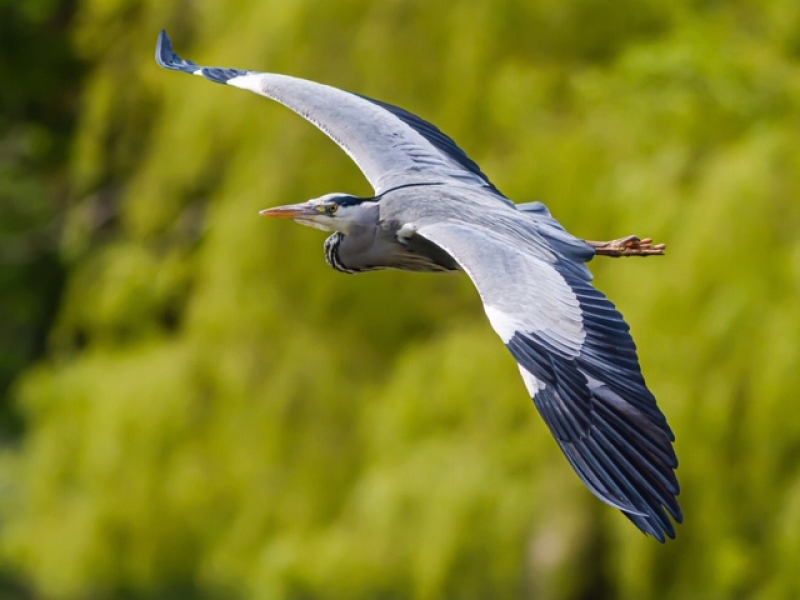
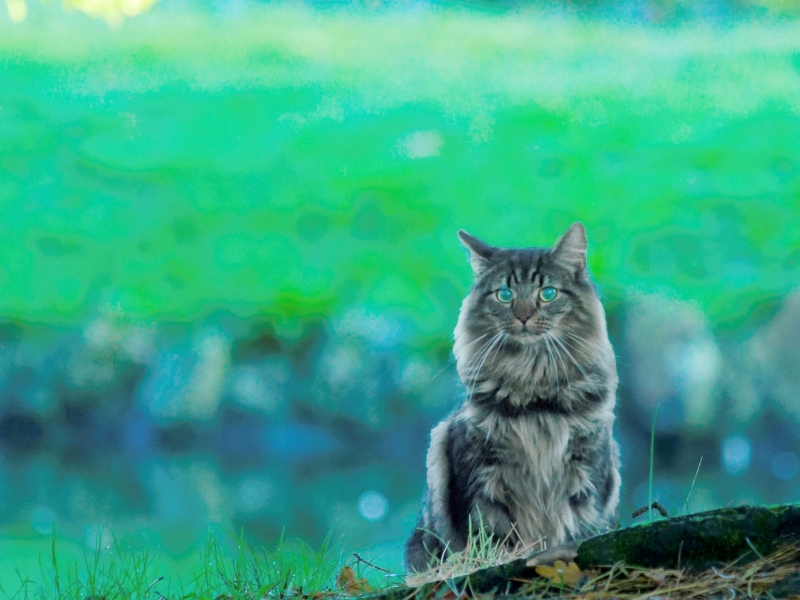
Further Reading and Sources
RSPB Handbook of British Birds (Fourth Edition), Peter Holden and Tim Cleeves, Bloomsbury Publishing, London.
Visit RCT available at https://www.rctcbc.gov.uk/EN/Tourism/Thingstodo/Parks/AberdarePark/AboutthePark/Plantsflowersandwildlife.aspx
The Guardian, Giant Redwoods brought to British shores on a tide of Victorian fashion, Paul Brown, available at http://www.theguardian.com/environment/2017/apr/23/giant-redwoods-britain-uk-sequoia-specieswatch
This Virtual Trail was compiled by Geriant Lewis and Wendy Donovan with addition material from Mike Ruck and Graham Morgan
Make a Donation: Support Your Museum
You can support the museum today by making a donation online or by becoming a friend of the museum. The support of you our community has been vital to ensuring our long term sustainability, by making one donation or by becoming a Friend of the Museum you will help keep the museum open for you and future generations, thank you for your kindness and generosity.
